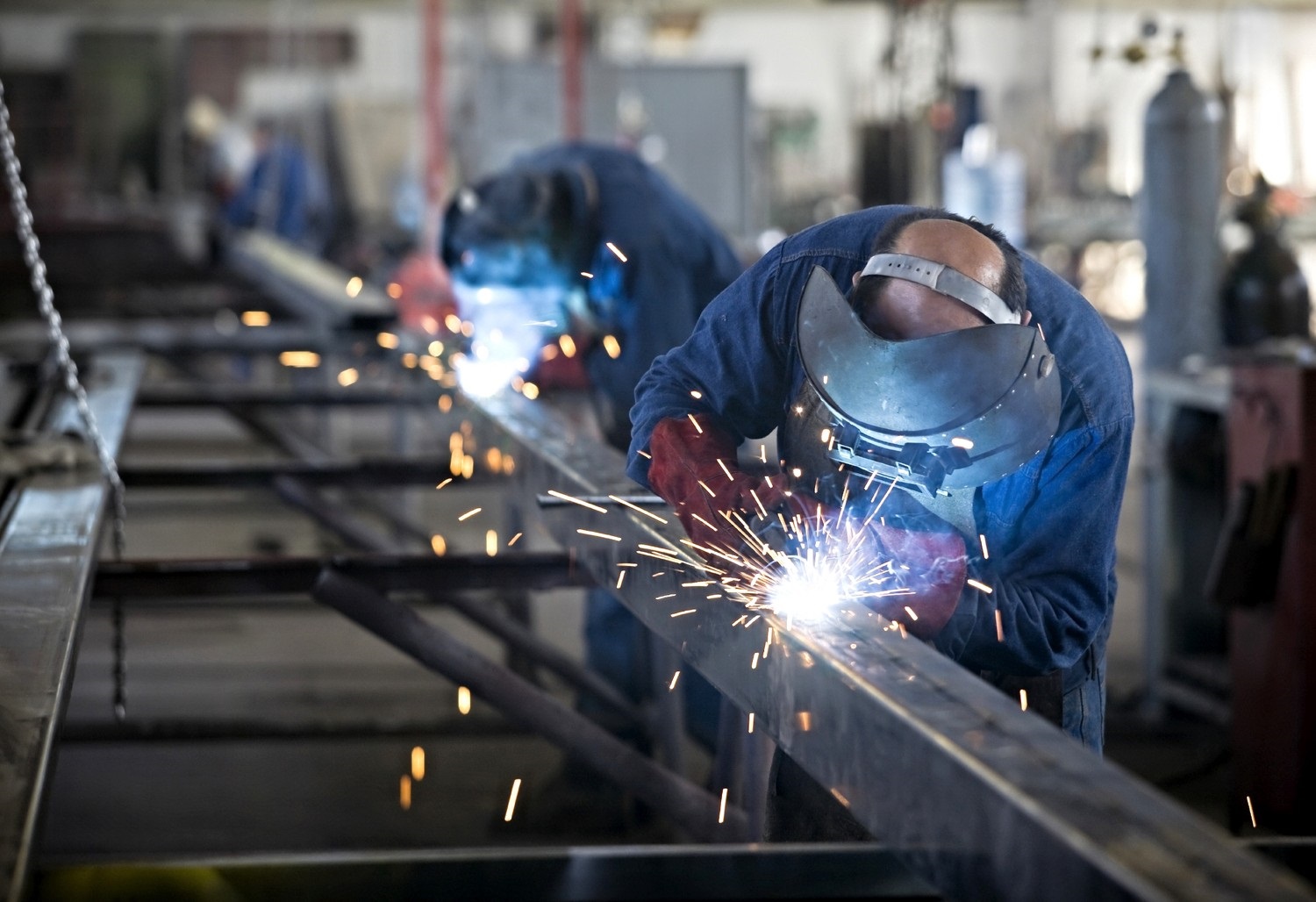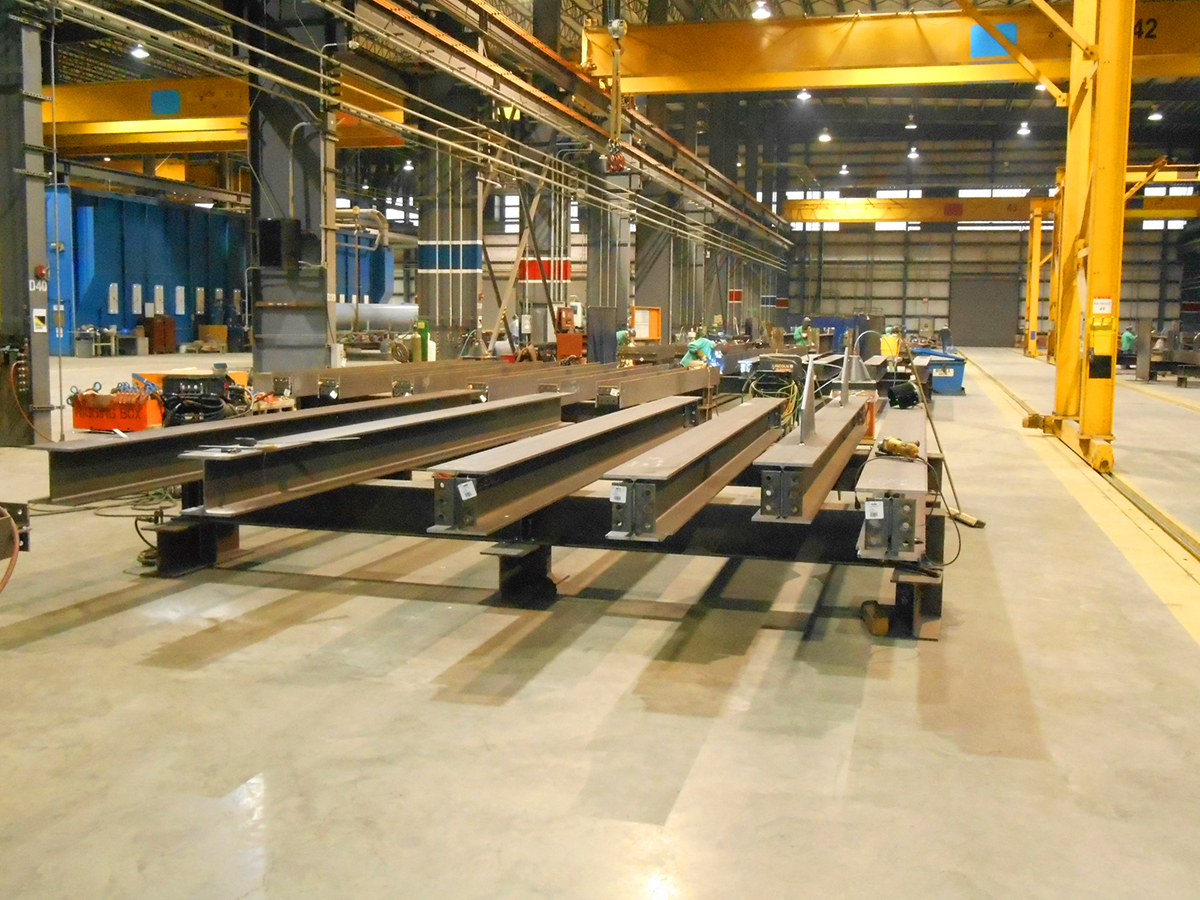Alpha Reo: Leading the Way in Reinforced Steel Solutions
Alpha Reo: Leading the Way in Reinforced Steel Solutions
Blog Article
Cutting-edge Fads in Steel Construction: Enhancing Toughness and Accuracy
In the world of steel manufacture, the quest of longevity and precision has resulted in a wave of innovative fads that are improving the sector. From improvements in welding innovations to the integration of robotic automation in fabrication processes, the landscape of steel production is advancing quickly. High-strength alloy advancement, combined with the use of 3D modeling and simulation software, is pressing the boundaries of what is attainable in terms of structural integrity and precision. The expanding emphasis on sustainable techniques in steel production is not just driving efficiency however additionally cultivating an extra environmentally mindful method to fabrication. These patterns are not simply forming today however likewise preparing for the future of steel construction, assuring more enhancements in resilience and accuracy.
Advanced Welding Technologies
In the realm of steel manufacture, the adoption of advanced welding technologies has actually significantly revolutionized the market's technique to achieving remarkable top quality and precision in architectural welds. Advanced welding modern technologies, such as laser beam welding and friction stir welding, have emerged as game-changers in the field. Laser beam of light welding uses a concentrated laser beam of light to join metal elements with amazing accuracy and speed, making it perfect for complex designs and slim materials. On the various other hand, friction mix welding produces extremely strong bonds by mechanically intermixing the particles of the materials at the joint, removing the need for thawing the metal. These technologies use countless advantages, consisting of minimized heat-affected areas, marginal distortion, and improved mechanical residential properties in the bonded joints. By leveraging these sophisticated welding strategies, steel producers can elevate the resilience, toughness, and accuracy of their structural welds, meeting the progressively requiring requirements of modern-day construction jobs.
Robotic Automation in Fabrication
Accepting robot automation has become a cornerstone of contemporary steel construction methods, boosting and enhancing processes efficiency throughout the sector. Robots are transforming the method steel elements are made, using unrivaled precision and rate while lowering human mistake. These automated systems can deal with recurring jobs with regular accuracy, leading to greater top quality final result.
One trick benefit of robotic automation in steel fabrication is the ability to function all the time without fatigue, substantially enhancing production output. This continual operation minimizes downtime and accelerates task timelines, eventually conserving costs for manufacturers. Furthermore, robots can be programmed to do detailed tasks that may be difficult or unsafe for human workers, enhancing safety in the office.
Moreover, robotic automation makes it possible for seamless combination with various other digital modern technologies, such as computer-aided design (CAD) software program and Web of Points (IoT) systems (steel fixing). This interconnected technique improves communication in between different stages of fabrication, maximizing workflows and making sure real-time surveillance and control. As the steel manufacture sector remains to advance, robotic automation attracts attention as a transformative pressure driving performance and accuracy in making processes

High-Strength Alloy Advancement
The advancement of high-strength alloy advancement in steel fabrication is reshaping the market's approach to enhancing product longevity and performance. High-strength alloys are crafted to exhibit premium mechanical residential properties, such as increased tensile strength, strength, and rust resistance contrasted to standard steel grades. By including these advanced alloys into manufacture processes, suppliers can produce elements that endure higher stress and anxiety levels and extreme atmospheres, leading to more sturdy and trusted end products.
One secret advantage of high-strength alloy advancement is the capacity to lower material density without compromising structural honesty. This not just causes lighter-weight parts yet likewise adds to set you back financial savings and boosted effectiveness in construction and assembly processes. The improved strength-to-weight ratio of these alloys allows for the layout and building of structures with higher load-bearing capacities while lessening total weight.
3D Modeling and Simulation Software Program
Developments in steel fabrication processes have been substantially moved by the integration of innovative 3D modeling and simulation software program devices. These tools allow fabricators to develop comprehensive virtual versions of their jobs, enabling them to picture the end product with accuracy before any type of physical work starts. By simulating numerous stress elements, environmental conditions, and structural tons, makers can optimize styles for improved resilience and performance. In addition, 3D modeling and simulation software application enhance the production process by recognizing potential concerns early on, reducing the demand for pricey rework and minimizing material waste.

Sustainable Practices in Steel Production
Incorporating lasting practices into steel manufacturing processes is essential for lessening environmental influence and making certain long-lasting resource availability. One essential lasting technique is the adoption of energy-efficient innovations to lower greenhouse gas exhausts during the steel production process. This includes utilizing renewable resource resources, such Read Full Article as solar or wind power, to power steel plants and applying energy-efficient tools to enhance power use.
Another essential facet of lasting steel production is the liable sourcing of raw materials. This entails guaranteeing that the iron ore and other sources utilized in steelmaking are obtained from ethical and eco-friendly sources. By promoting openness in the supply chain and adhering to rigorous environmental standards, steel suppliers can reduce the unfavorable their website effects of resource removal on neighborhood communities and communities.

Conclusion
To conclude, the innovative trends in steel construction such as sophisticated welding technologies, robotic automation, high-strength alloy growth, 3D modeling and simulation software application, and lasting methods are enhancing the sturdiness and precision of steel products. These innovations are reinventing the steel construction industry by improving sustainability, performance, and high quality. It is clear that the future of steel fabrication hinges on welcoming these sophisticated modern technologies to satisfy the needs of modern building and production sectors.
In the realm of steel manufacture, the search of toughness and accuracy has led to a wave of ingenious trends that are improving the market.In the world of steel construction, article the fostering of cutting-edge welding modern technologies has considerably changed the sector's strategy to accomplishing superior high quality and accuracy in structural welds. As the steel construction industry continues to progress, robotic automation stands out as a transformative pressure driving efficiency and precision in producing procedures.
In addition, recycling and reusing steel scrap and waste materials play a significant role in improving the sustainability of steel production. Alpha reo.In conclusion, the innovative trends in steel fabrication such as innovative welding technologies, robotic automation, high-strength alloy growth, 3D modeling and simulation software application, and lasting techniques are boosting the resilience and accuracy of steel items
Report this page